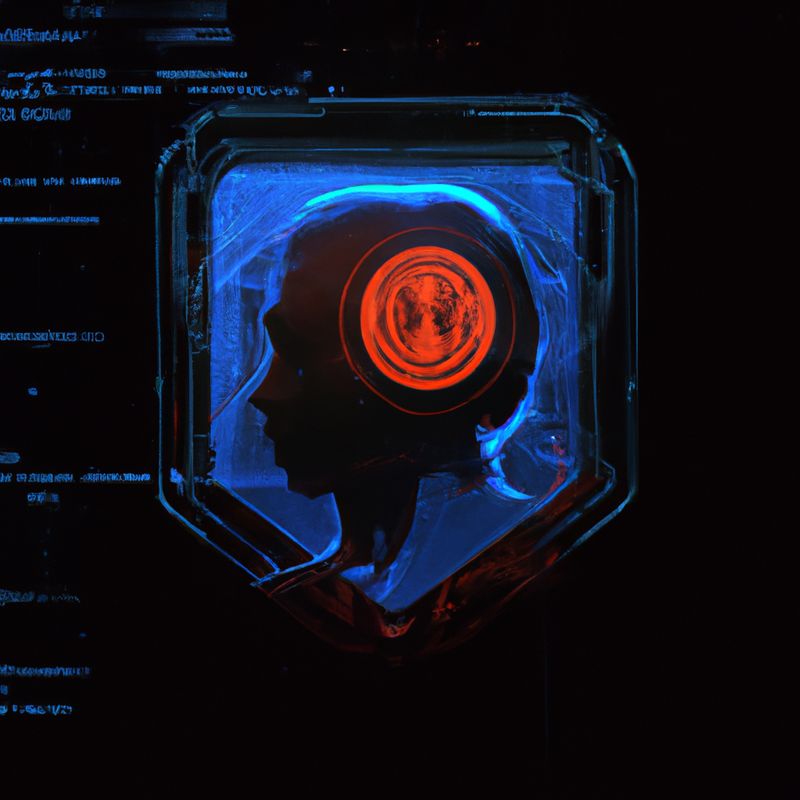AI and the Future of Image Recognition

In the past few years, the field of Artificial Intelligence (AI) has seen a surge in development, with the potential to revolutionize the way we interact with technology. One of the most promising applications of AI is image recognition, which has the potential to revolutionize the way we interact with the world around us. In this article, we will explore the potential of AI and image recognition, and how it could shape the future.
What is Image Recognition?
Image recognition is a form of AI that enables computers to identify and classify objects in images. This technology is used for a variety of applications, such as facial recognition, object detection, and image classification. By using AI algorithms, computers can learn to recognize patterns in images and then classify them accordingly. This can be used to identify objects in photos, detect faces, and even recognize handwriting.
How Does Image Recognition Work?
Image recognition works by analyzing the pixels in an image and identifying patterns. This is done using AI algorithms such as convolutional neural networks (CNNs). A CNN is a type of deep learning algorithm that is used to identify patterns in images. It works by taking an image as input, and then analyzing the pixels to identify patterns. Once the patterns are identified, the algorithm can classify the image accordingly.
What Are the Benefits of Image Recognition?
Image recognition has a number of benefits, including improved accuracy and speed. By using AI algorithms, computers can identify objects in images more quickly and accurately than humans. This can be used to identify objects in photos, detect faces, and even recognize handwriting. This technology can also be used for security purposes, such as facial recognition for access control.
What Are the Challenges of Image Recognition?
Although image recognition has a number of benefits, it also has some challenges. One of the biggest challenges is the need for large datasets. In order for the algorithms to accurately identify patterns in images, they need to be trained on large datasets. This can be time-consuming and expensive, and it can limit the accuracy of the results.
How Will Image Recognition Shape the Future?
Image recognition has the potential to shape the future in a number of ways. One of the most promising applications is facial recognition, which could be used for security purposes, such as access control. It could also be used for marketing purposes, such as identifying customers in stores and providing personalized offers. Additionally, image recognition could be used for medical purposes, such as diagnosing diseases or detecting anomalies in medical images.
Conclusion
Image recognition is a form of AI that has the potential to revolutionize the way we interact with the world. By using AI algorithms, computers can identify patterns in images and classify them accordingly. This technology has a number of benefits, including improved accuracy and speed. It also has some challenges, such as the need for large datasets. In the future, image recognition could be used for a variety of applications, such as facial recognition, object detection, and medical diagnosis. As AI technology continues to develop, image recognition could shape the future in a number of ways.

